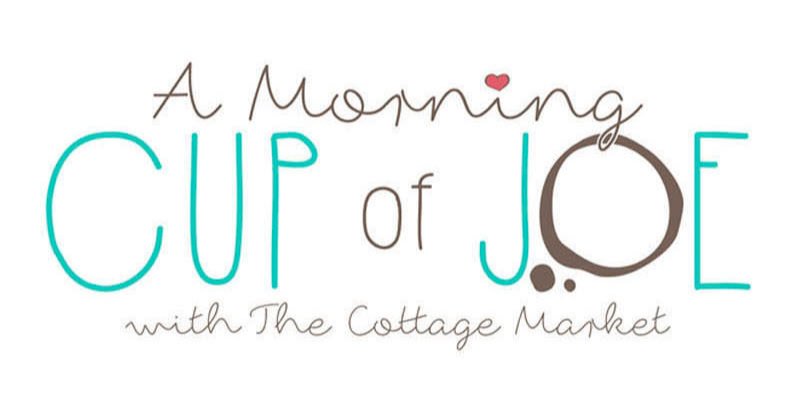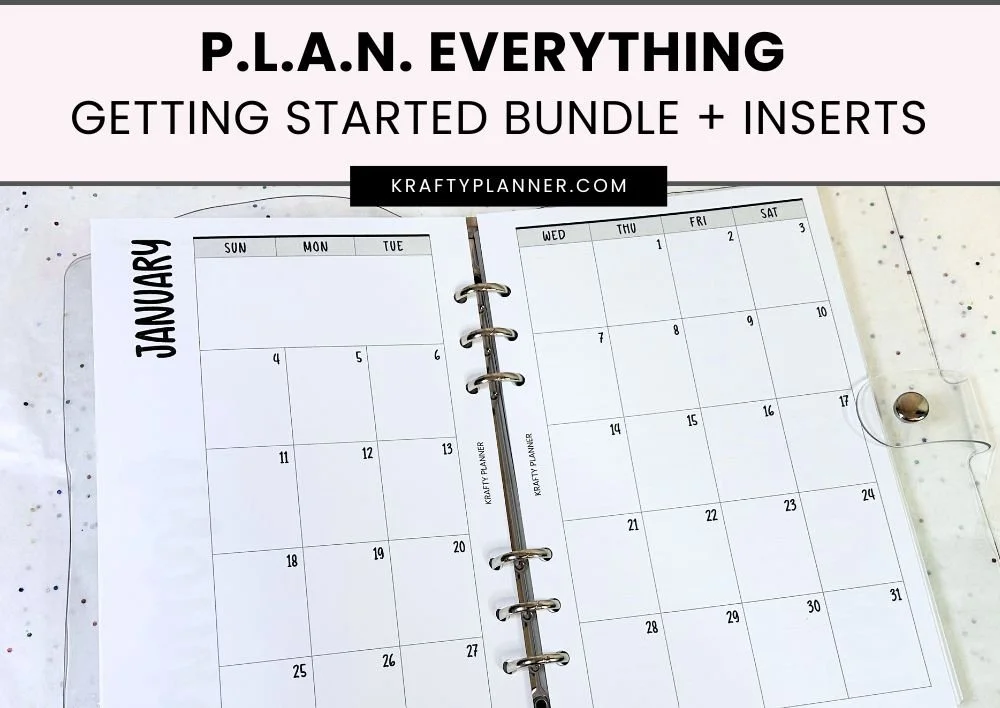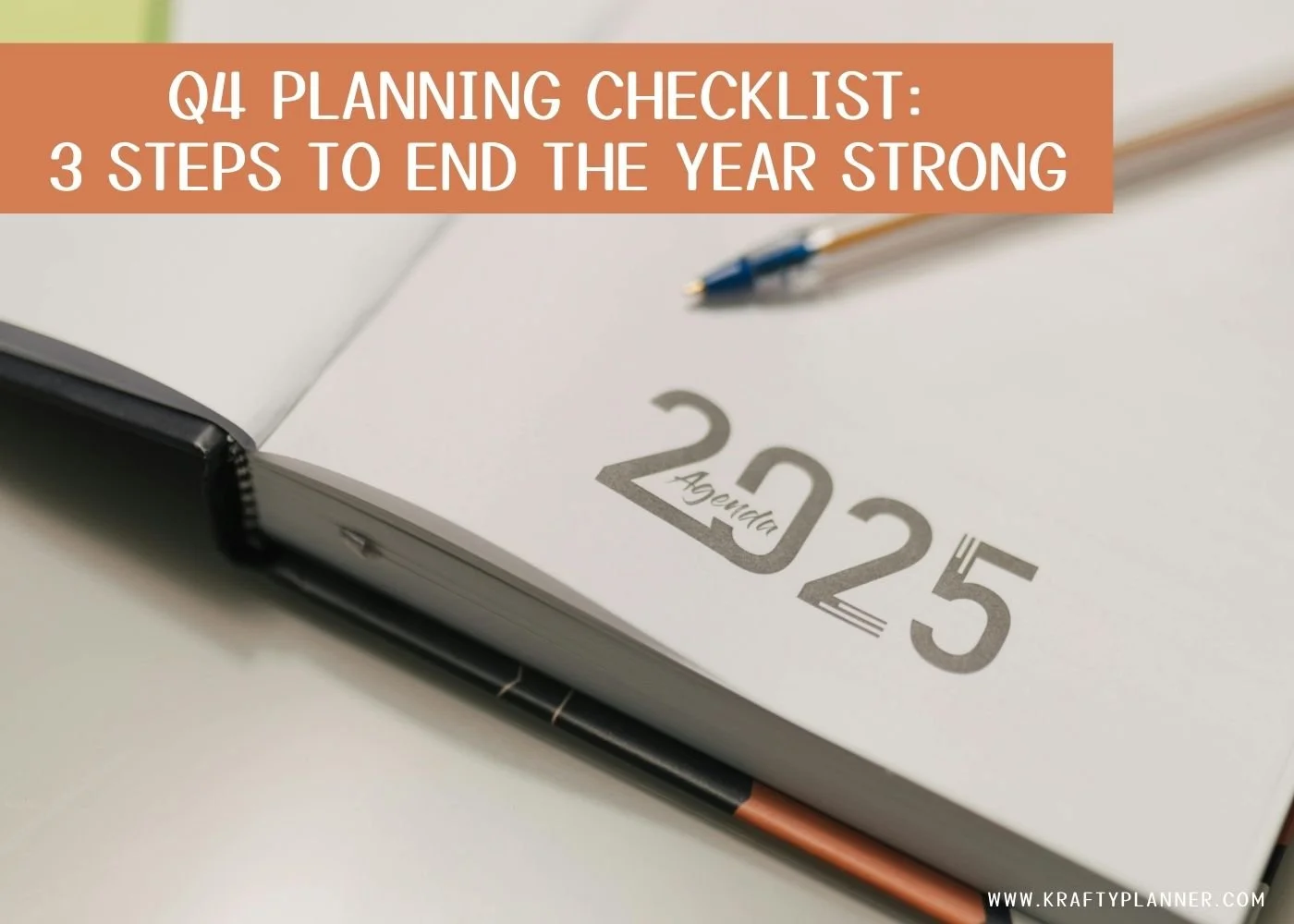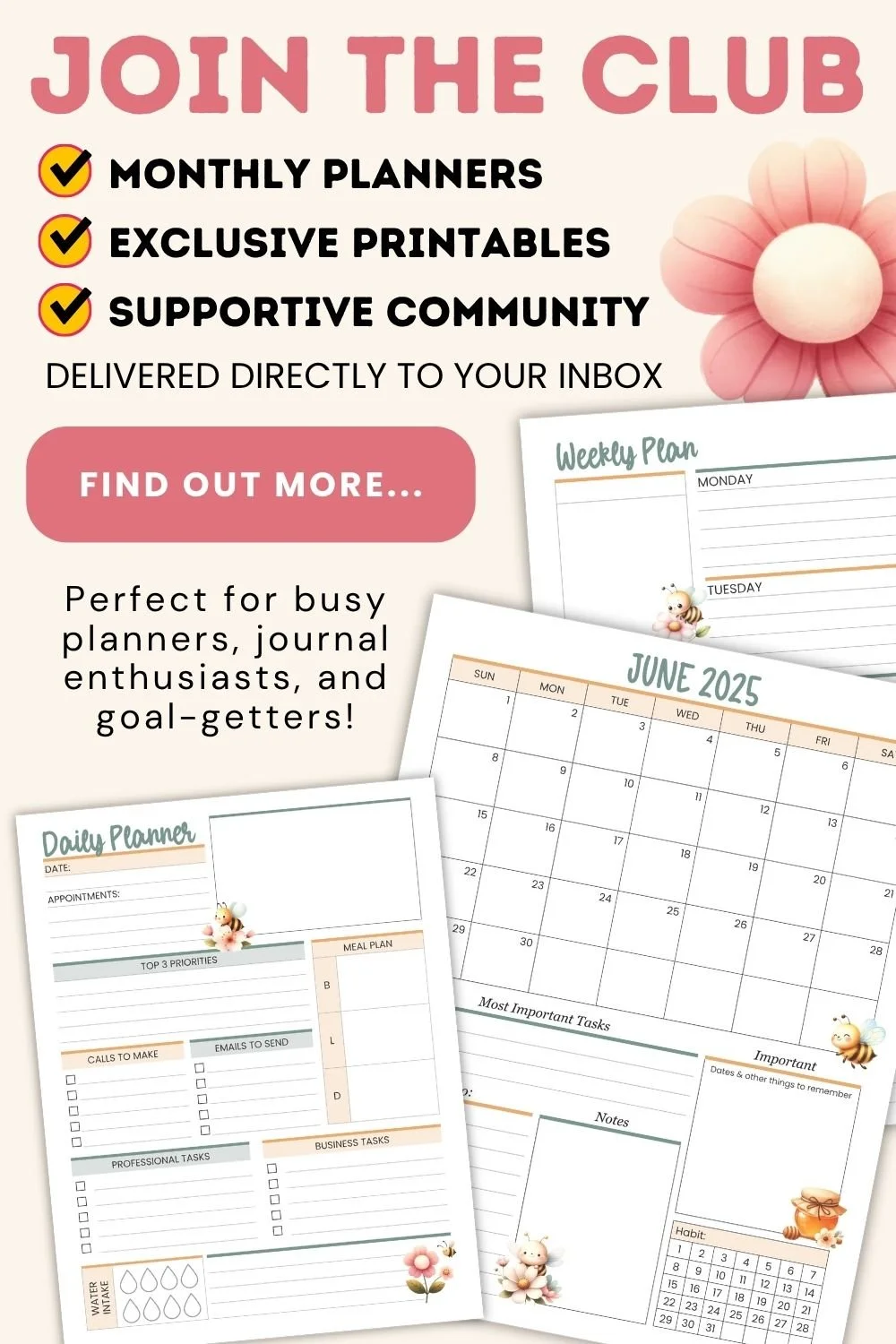Two Essential Productivity Methods | Free Worksheet
Today, I want to talk about the Pomodoro Technique and Quadrant Method. These are two essential methods that can help you to increase your productivity.
I have a really tough time focusing for long periods of time and have been practicing these two essential productivity methods for more than 10 years now and they really help me get things done!
The Pomodoro Technique
First, Pomodoro is Italian for tomato. The Pomodoro Technique gets its name from the little tomato kitchen timer and was developed in the 1980s by Francesco Cirillo who came up with the idea of breaking down work into intervals. The technique is popular among students and office workers who have found it to be an effective way of managing their time.
Basically, the Pomodoro Technique is a time management strategy that helps you divide your work into short intervals. This technique is based on the idea that frequent breaks can improve mental agility and help you focus better on the tasks.
There is a whole bunch of science behind why it works, the book has all the details but here are the basics…
Step 1: you need to decide which task you’re going to work on and how much time you have to work on it
Step 2: Set a timer and do 25 minutes of dedicated work followed by a 5-minute break
Step 3: Repeat the process. After 4 Pomodoros (work sessions) take a longer break of 15-25 minutes
Step 4: Return to step 1 and continue working until your task is complete
This method can help you stay focused and drastically increase your productivity. I personally find 25 minutes to be too short, especially if I’m “in the zone.” So I will usually set a timer for 45 minutes. Then if I need a break, I’ll take 5 minutes, otherwise, I’ll reset the timer for another 45 minutes and continue working. After 2-3 timers, I’ll take a longer break for 15-25 minutes.
You can use a cute kitchen timer, the timer on your phone, or go to google and type in “Timer 45 minutes,” which will automatically start a timer. Just make sure your sound is on!
There are also a bunch of free Pomodoro apps you download to your phone or computer.
Another great benefit of this method is that you can record how many “Pomodoros” certain tasks take, which will help you better plan your schedule.
The Quadrant Method
While the Pomodoro Technique is for productivity, the Quadrant Method is for planning and priorities. You can successfully use both methods together to achieve more in your day.
The Quadrant Method is a prioritization technique where tasks are divided into four categories: Urgent and Important, Important but not Urgent, Neither Important nor Urgent, and Urgent but not Important. The goal of this method is to identify which tasks should be done first so that they don't pile up and become overwhelming.
QUADRANT 1
The first quadrant is for items that are Urgent and Important.
These are tasks you need to do immediately! You should avoid spending time in this quadrant by being proactive and getting things done before they become urgent. Try to finish your projects and tasks ahead of time to avoid them being moved to quadrant 1.
These hard-to-plan-for tasks are often unexpected and need to be dealt with as soon as possible. Some examples include:
Catastrophes
Emergencies
Impending deadlines
QUADRANT 2
The second quadrant is for items that are Important but not Urgent.
This is where you should spend about 75% of your time. The tasks in this quadrant are ones that will help you improve your home, business, and life. Some examples include:
Planning
Preparation
Personal Development
Prevention
QUADRANT 3
The third quadrant is the “Distraction” quadrant and it’s for items that are Urgent but not Important.
Be careful not to spend too much time in this quadrant. These types of tasks can be a time suck and rob us of productivity. Some examples include:
Reading emails and text messages right away
Answering a phone and chatting the minutes away.
Checking Slack or social media notifications. Turn these off so you are not continuously interrupted.
QUADRANT 4
The fourth and final quadrant is for items that are not Urgent and not Important.
This is the quadrant of waste. We usually end up here by accident and it can easily consume hours of our day. These can be mindless tasks that you use as a way to take a break from your day or procrastination time wasters. Some examples include:
Scrolling through social media
Binging on Netflix
Playing a game
Aimlessly surfing the web
Download the Quadrant Method Worksheet below and make a list of all the tasks that fill your days, including your current to-do list. Divide each task up into its respective quadrant. When you’re finished, take a look at your tasks and quadrants… do you often give priority to non-urgent tasks? Have you been operating too much from Quadrant 1?
You can print off a new worksheet each day or week to ensure that you’re managing your priorities and working mainly from quadrant 2.
DOWNLOAD YOUR FREE WORKSHEET
I create lots of free printables, if you want to make sure you’re updated and receive exclusive freebies, join the Krafty Planner Newsletter below.
SUPPLIES I RECOMMEND FOR PRINTING
A PRINTER
If you’re going to be printing in color, I really recommend investing in an HP Instant Ink compatible printer. The quality of the finished product is amazing! If you don’t need a color printer, I highly recommend a laser printer like the Brother L23 Series. You will save hundreds on ink. You can also get a color laser printer which I would LOVE to have!
PAPER
For everyday printables, planners, and coloring pages for the kiddos I normally use Hammermill Printer Paper, 20 Lb. I love that you can get a small box of 3 reams instead of having to buy one at a time or a whole case of 10.
If I want something a little nicer, I use this laser paper which is incredibly smooth and has very little to no ghosting on the other side. This is perfect if you like to use pens/markers that are prone to bleeding through to the other side.
For printing on A5 paper, I use this Blank 6-Hole Punched A5 Paper. You can also get it without the holes but it’s $6-7 more. Which I think is odd because it’s usually the other way around and you have to pay more for the hole punching.
If you're printing a binder cover that you to be fade-resistant and lasts a long time, the best paper I would recommend using Epson Presentation paper. It's heavy like cardstock (48 lb), is great when laminated, and is made to last for decades.
THE ULTIMATE LIST OF PRODUCTS, APPS, TOOLS, AND RESOURCES I USE ON A DAILY BASIS
Before You Go:
Here are a few more printables you might like:
See my Link Party Directory for a current list of blog parties I attend each week.
This post was featured at the following link parties, thank you for your support! ❤️
FOR PERSONAL USE ONLY – Please Read Freebies Terms of Use.
(This post may contain affiliate links. For more information, see my disclosures here.)
~ SHARE THIS POST ~
Did you like this post? Do you know someone else who might enjoy it? Please take a minute to share it on Pinterest, Facebook, or your favorite social media… Thank you!












































